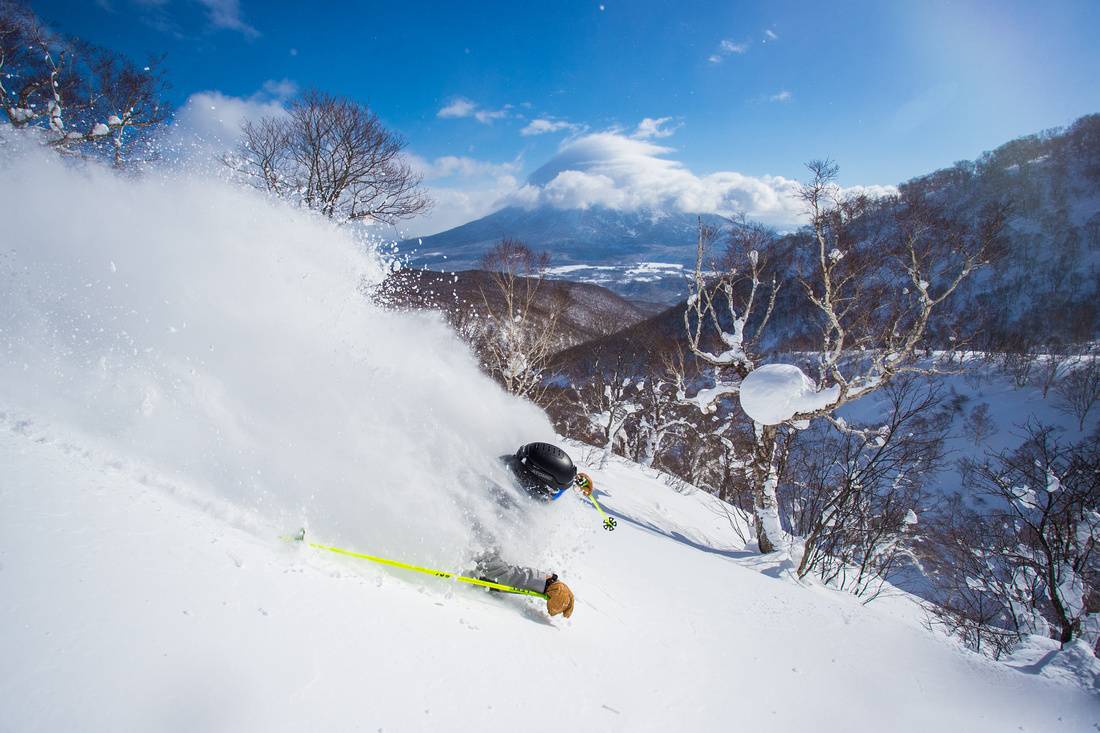Touted by winter sports enthusiasts as having some of the best powder snow in the world, resorts in the Niseko area of Hokkaido are looking to Saturday’s official opening of the 2022-2023 season with great anticipation now that Japan’s borders have reopened and domestic discount travel will be available in the New Year.
Resort managers say reservations from both domestic and international visitors for the upcoming season are on the rise, especially with travelers from Australia, North America and parts of East and Southeast Asia.
The numbers can only go up, as the coronavirus pandemic effectively ended international arrivals. Foreign visitors to Niseko peaked at over 218,000 in the fiscal year that began April 2017, and there were over 160,000 in fiscal 2019.



















With your current subscription plan you can comment on stories. However, before writing your first comment, please create a display name in the Profile section of your subscriber account page.